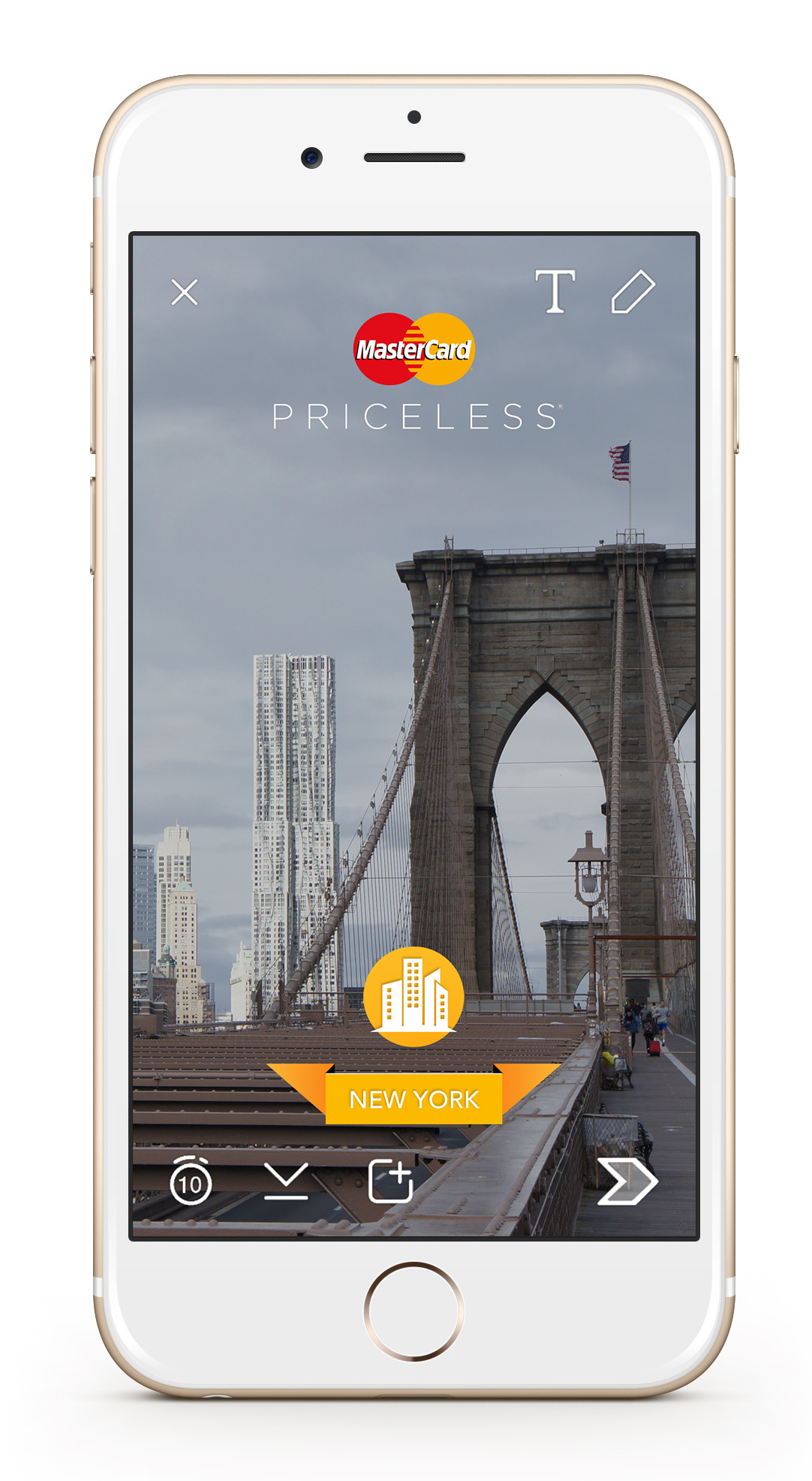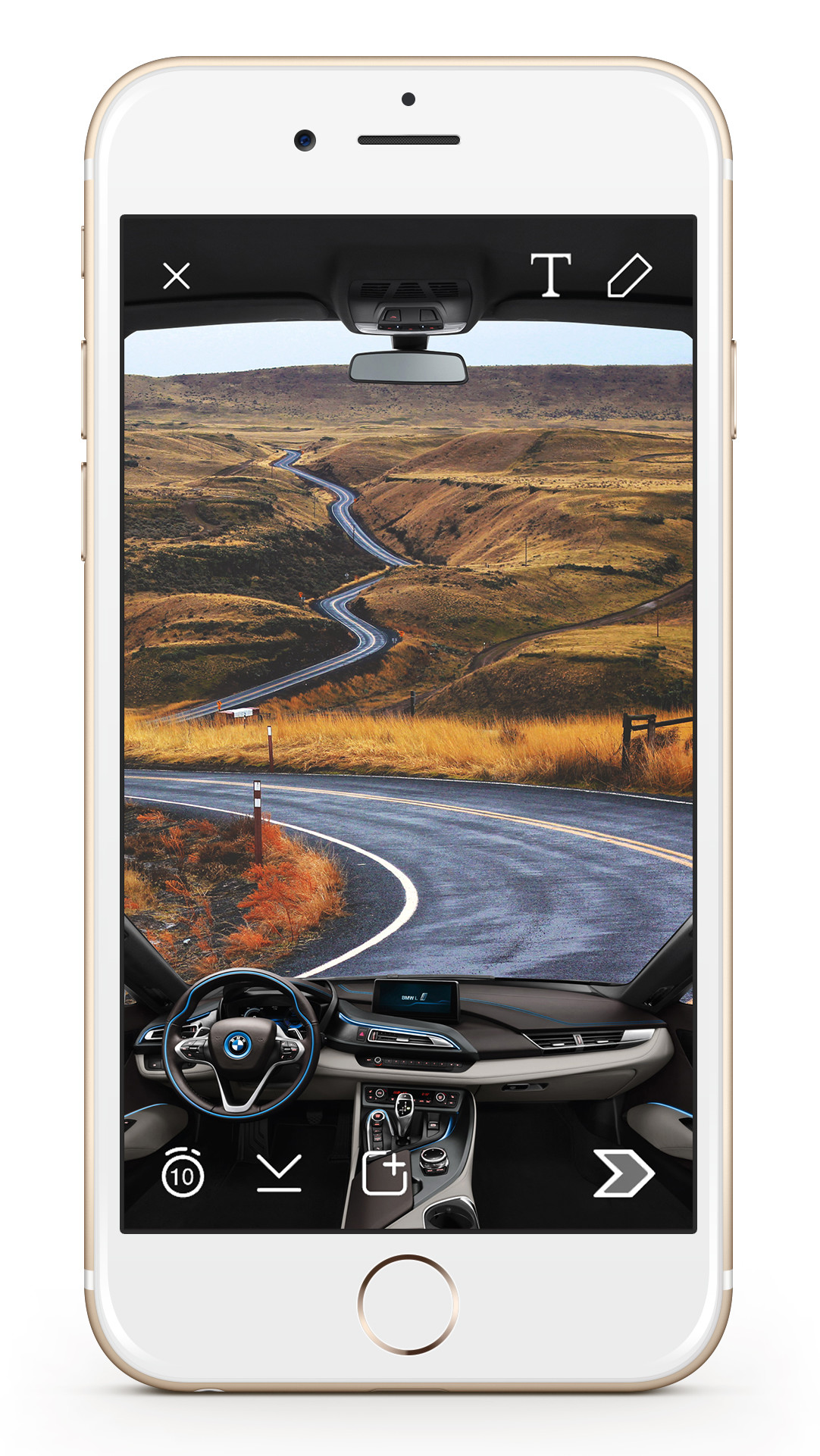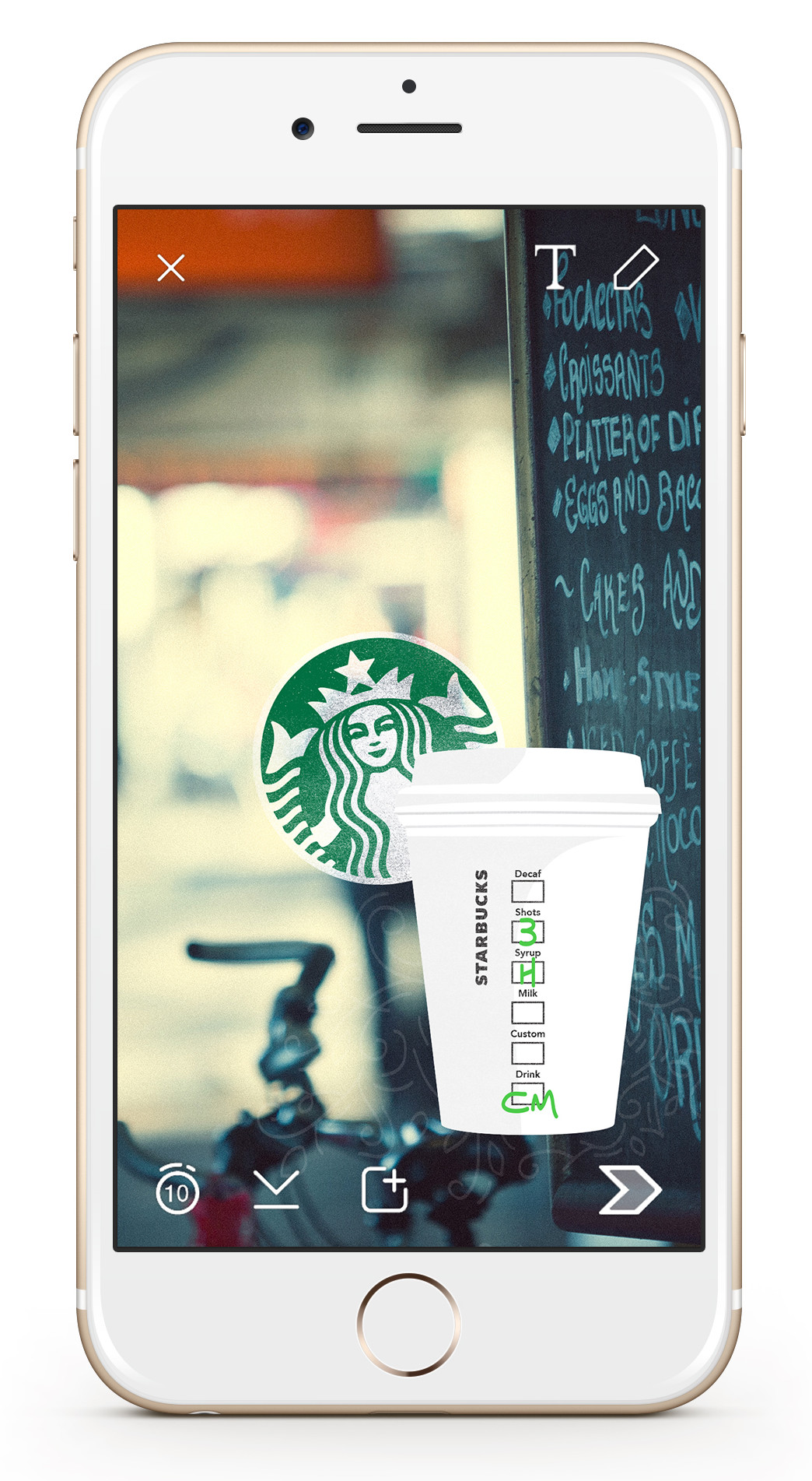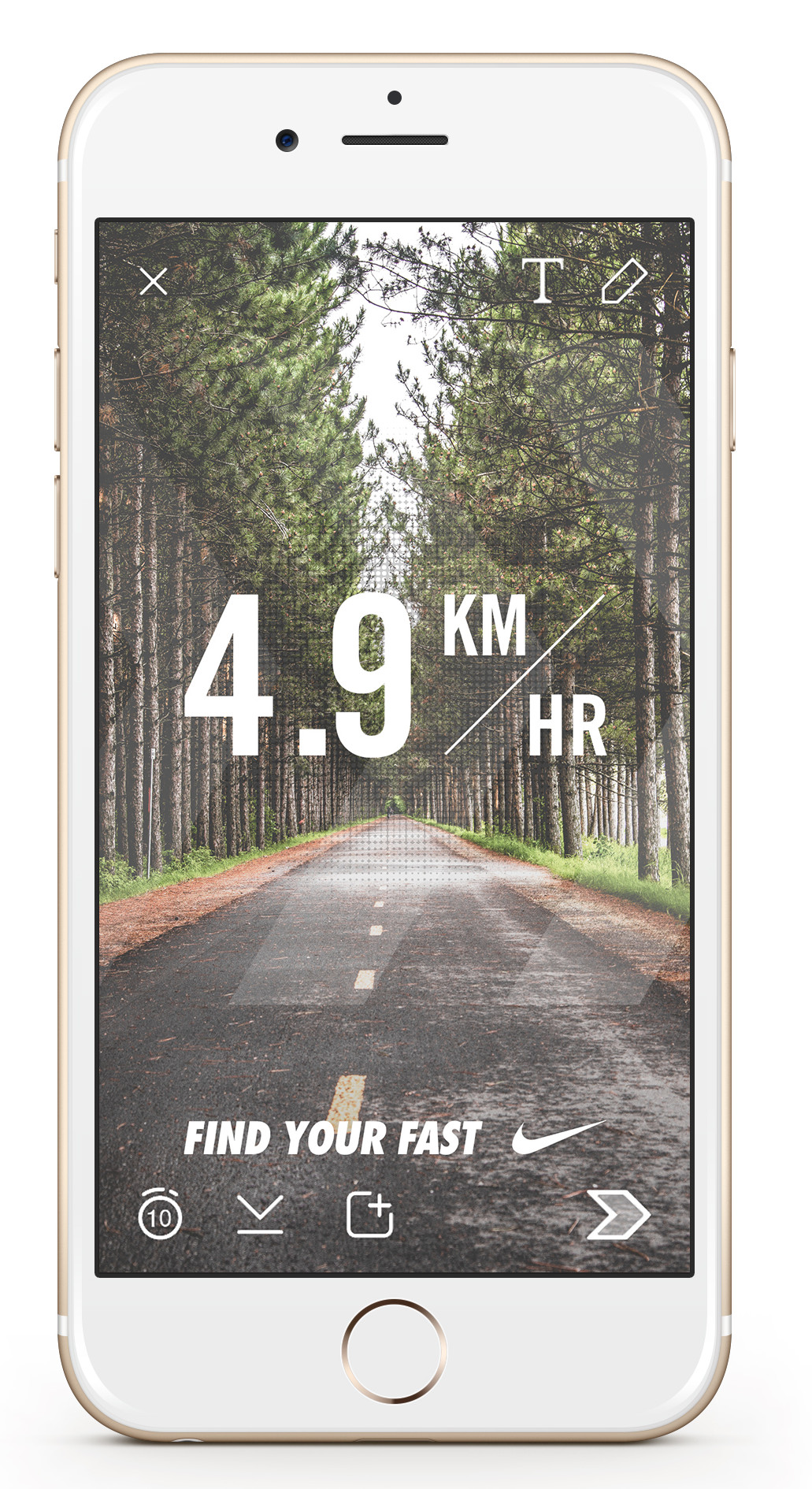Are Branded Geofilters The Future Of Advertising On Snapchat?
Contributor Nick Cicero shares what big brands are doing with Snapchat's beta geofilters product, and explores some of the seemingly-endless possibilities of the format.
When Snapchat announced it was opening up geofilters to brands as part of its ad platform, it said that snaps with these location-based overlays already accounted for more than a million of the messages sent every day on the platform.
One month in, we’ve already seen brands like McDonald’s, GE, Ted 2, Terminator, The Hunger Games, Minions, Nike and others experiment with the filters in an effort to reach younger audiences — those folks who are snapping around town not paying attention to Facebook or Twitter.
Should your brand dive in? If so, how can it do so? First, the basics. What is a geofilter? Here’s how Snapchat defines it:
[blockquote]Geofilters are special overlays for Snaps that can only be accessed in certain locations. Artists and designers are encouraged to use this tool to bring their one-of-a-kind style to the Snapchat community. Simply choose the geographic area you want your filter to be available in and upload an image asset. All images must be original artwork and have to be approved by the Snapchat team.[/blockquote]
So, if you’re in a certain location — like in Times Square or in Las Vegas or at the London Eye — while you’re using Snapchat, certain geofilters become available for you to use. They could be created by Snapchat itself, by the community or by brands (in a limited beta but available more widely later this year). For users, there’s delight in discovering these overlays and a cachet in using them, since they can only be deployed in select locations.
While I, for one, love the idea of brands making geofilters, I also find it interesting that Snapchat is getting a lot of attention for something that seems pretty basic. Facebook has been selling stickers since 2013, yet Instagram has been notoriously highbrow when choosing what filters to make available, opting instead for higher-end ad products. This has resulted in the rise of an entire cottage industry of new software filter creator apps aiming to fill the gaps.
The Audience’s Point Of View
For the audience of nearly 100 million daily active users on Snapchat who grew up with the Pokemon-driven “Gotta Catch Em’ All” mentality, this diverse mix of Snapchat-created, community-submitted and now brand-driven geofilters adds new tools for anyone who wants to customize their messages and stories.
That idea of personalization can’t be understated here. Snapchat’s filters, both branded and unbranded alike, are assets that enable someone to personalize their communications, not only publicly on Snapchat stories, but privately, too.
We like to think that geofilters shouldn’t have to just be some branded wrapper for photos and videos. As evidenced by some of the early branded filters mentioned above, they can be fun and interactive.
So how can brands approach thinking about geofilters? There seem to be three distinct strategies emerging, and we decided to explore them by designing a few branded geofilters of our own. (Note: These are just concepts we mocked up as an experiment.)
When determining whether your idea is right for a Snapchat geofilter, ask yourself these three questions:
1. Is It Local?
Does the branded geofilter tie into the surroundings where it’s activated? Snapchat has invested a ton of time enabling these geofilters, and collecting location filters is almost like a sport now (Pokemon, again).
Maybe a brand like MasterCard, which promotes its “Priceless Cities” concept on multiple social channels, might tie a branded geofilter into particular locations around NYC for fans to Snap them and share with friends.

2. Is It Timely?
Snapchat content lasts only 24 hours, so it’s all about the now, putting content into an easy-to-share story, rooted in a place and time. For a company like Starbucks, perhaps a geofilter might only appear in the morning, so users could share their orders. (Or they could write their own names on their cups properly — just kidding, Starbucks!)

3. Is It Interactive?
It’s not just about broadcasting stories. We see an opportunity for branded filters to become part of the one-to-one Snapchatting. The promotions for Terminator and the GE Summer Solstice are creating these fun interactive assets for users to share with one another.
My @Snapchat filter is available in theaters all week. I expect a lot of @Terminator snaps. #TerminatorGenisys pic.twitter.com/6mwfmyTPip
— Arnold (@Schwarzenegger) June 27, 2015
When thinking about interactivity, the speedometer feature that’s becoming popular (please don’t snap and drive) came to mind. What if Nike could detect when you were jogging and then serve up a geofilter to share your run with?
Seems like the possibilities are endless, and only time will tell if these branded geofilters make a lasting impact on the natural use of Snapchat.
There’s also a big question of discovery — when brands are paying for limited windows of content on the platform, you’ll want to let people know they’re there in short order. We expect to see more and more Snapchat influencers and Our Stories crossover with branded geofilter campaigns. We’re excited about the opportunities.
Special thanks to Mike Lundy (who recently designed some geofilters in Canada) and Chris Mikulin for their help bringing these ideas to life.
Opinions expressed in this article are those of the guest author and not necessarily MarTech. Staff authors are listed here.
Related stories



